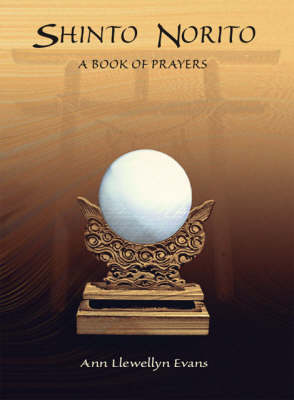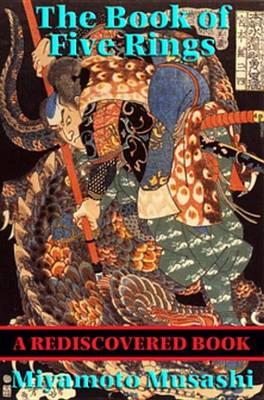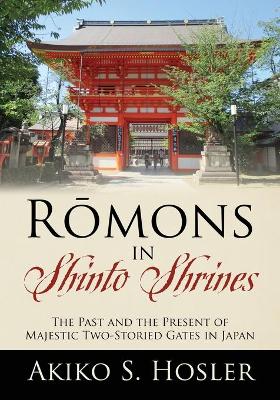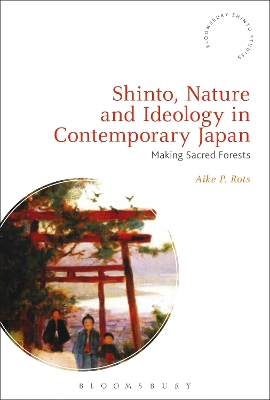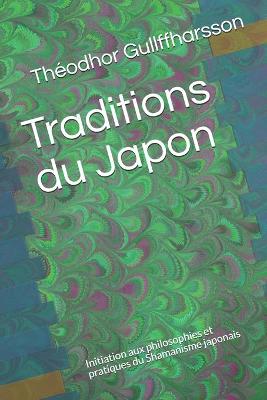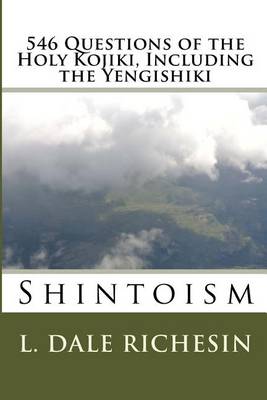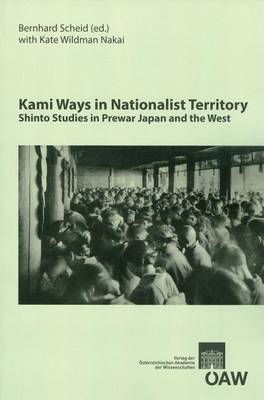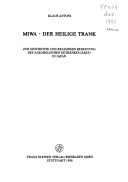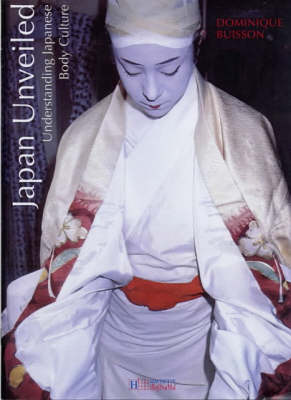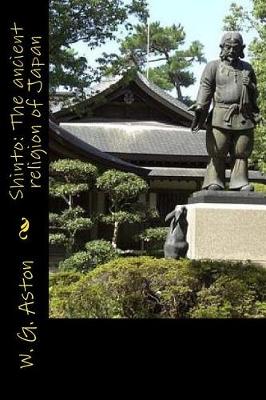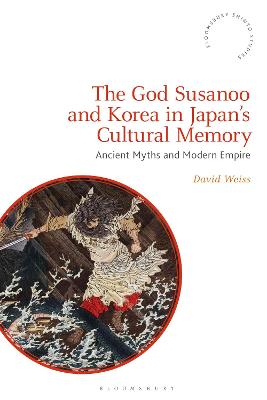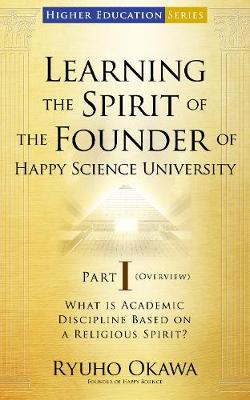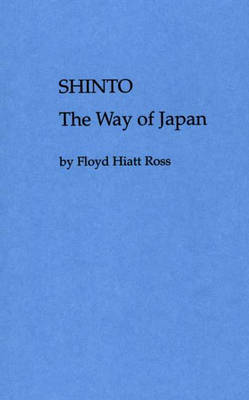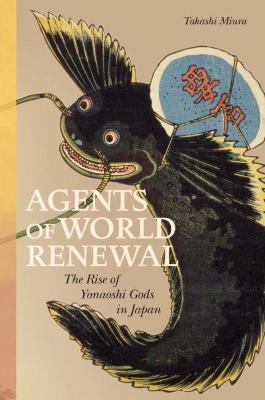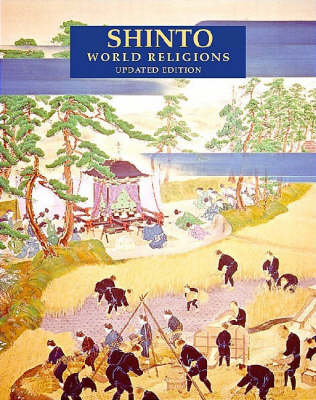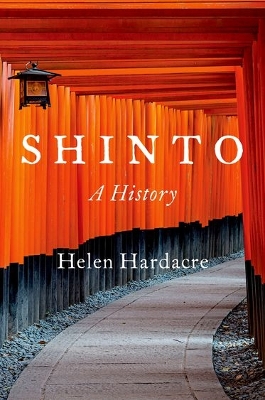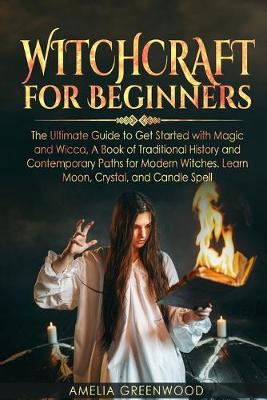Shinto, Nature and Ideology in Contemporary Japan (Bloomsbury Shinto Studies)
by Aike P. Rots
Shinto, Nature and Ideology in Contemporary Japan is the first systematic study of Shinto's environmental turn. The book traces the development in recent decades of the idea of Shinto as an 'ancient nature religion,' and a resource for overcoming environmental problems. The volume shows how these ideas gradually achieved popularity among scientists, priests, Shinto-related new religious movements and, eventually, the conservative shrine establishment. Aike P. Rots argues that central to this...
546 Questions of the Holy Kojiki, Including the Yengishiki
by L Dale Richesin
Miwa - Der Heilige Trank (Munchener Ostasiatische Studien, #45)
by Klaus Antoni
According to Shinto belief, the human body in Japan is part of nature and must be in harmony with the wider world. This is a cultural history of the human body in Japan - from the Samurai to Issy Miyake- exploring the social codes and aesthetics of behaviour it involves. The sacred body of religion, the body of the dead, the theatrical body of the Kabuki actor, the warrior's body and much more are revealed.
The diplomat and Japanese and Korean scholar William George Aston (1841-1911) wrote several highly regarded publications, particularly on the Japanese language. Condensed from his more comprehensive 1905 study of the subject, this 1907 work is a brief introduction to Shinto, the indigenous religion of Japan. Based on the worship of nature and ancestor spirits, Shinto has evolved throughout its history, particularly under Buddhist and Confucian influence. In the late nineteenth century it played...
The God Susanoo and Korea in Japan’s Cultural Memory (Bloomsbury Shinto Studies)
by David Weiss
This book discusses how ancient Japanese mythology was utilized during the colonial period to justify the annexation of Korea to Japan, with special focus on the god Susanoo. Described as an ambivalent figure and wanderer between the worlds, Susanoo served as a foil to set off the sun goddess, who played an important role in the modern construction of a Japanese national identity. Susanoo inhabited a sinister otherworld, which came to be associated with colonial Korea. Imperialist ideologues...
Learning the Spirit of the Founder of Happy Science University Part I (Overview)
by Ryuho Okawa
This study presents the force of Shinto and the human mood, feelings and value-nuances which perpetuate it. . . . The author describes a Shinto shrine: examines the basic myth of creation and the Shinto conception of deity which has grown out of it. Festivals and rites are detailed, as well as the ultimate merging of religion and politics during the Meiji period and the state of Shinto today.
Ritual is too often equated with unvarying or repetitive behavior. This impression is encouraged by the ethnographic tendency toward an overly narrow time frame, which highlights current relationships and conditions rather than long-term developments. The Rousing Drum takes a different view. It adopts a historical perspective encompassing several hundred years in exploring the role of ritual as an effective medium for negotiating sociopolitical and economic change. The setting is Furukawa, a t...
This volume examines a category of Japanese divinities that centered on the concept of "world renewal" (yonaoshi). In the latter half of the Tokugawa period (1603-1867), a number of entities, both natural and supernatural, came to be worshipped as "gods of world renewal". These included disgruntled peasants who demanded their local governments repeal unfair taxation, government bureaucrats who implemented special fiscal measures to help the poor, and a giant subterranean catfish believed to caus...
Offers a concise, current and readable survey of the world's great religions. Each volume describe where a particular religion is practised, its central beliefs and rituals, its contributions to world civilizations and analyzes how it has spread through immigration and conversion. 14 vol set ISBN 0816051690. Ages 10+.
From time immemorial, the Japanese people have worshipped Kami—spirits that inhabit or represent a particular place, or embody natural forces like the wind, rivers, and mountains. Whenever a new settlement was founded a shrine would be erected for the spirits of that place to honor them and ensure their protection. It was believed that Kami could be found everywhere, that no place in Japan was outside their dominion. Shinto encompasses the doctrines, institutions, ritual, and communal life based...
